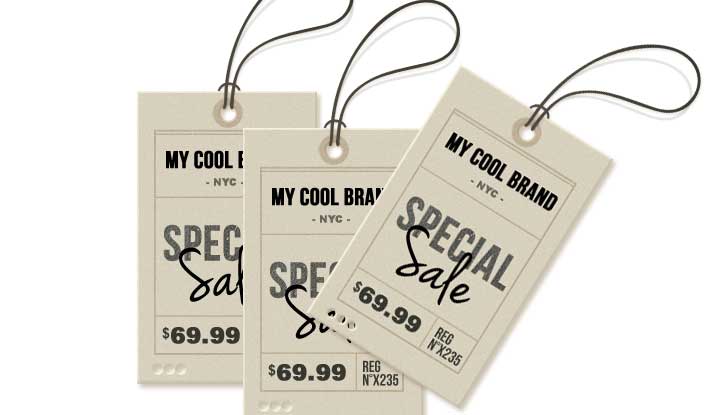When we first launched Ministry of Supply (a high-tech performance professional clothing company for men), we sold our Apollo shirt for a whopping $128. Our price for the shirt then moved down to $88, back up to $108 and finally landed on $98.
During all of these pricing changes, we talked to our customers a lot about pricing. We watched conversion rates, listened to customer feedback, asked them what else was in their closet, and considered the inherent benefits and value our shirts gave our customers (i.e., no more dry cleaning, durability, etc.) Mostly, we debated about how all of these factors should influence how we priced our clothing.
Today, we get a lot of questions on pricing from fellow entrepreneurs. For example: How did we decide to sell our Apollo shirt for $98? What did we do to test what prices were right? And, how should costs play into pricing analysis?
Here’s an inside look into three main considerations we kept in mind when figuring out pricing:
-
Understand your customer’s willingness to pay.
While studying pricing at MIT, my co-founder and I learned that 80 percent of managers know how much it cost to produce their product, but only 23 percent know their customers’ willingness to pay. As a customer-centric company, we wanted to understand everything about our customers, including how much they value our products, and what prices made them the happiest. To do this, we tested pricing a lot, and, analyzed quantitative data such as conversion rate (i.e., given different prices), as well as qualitative data, such as their sentiment after we followed up for feedback.
-
Think of the 3 C’s: cost, customer, competition.
None of these individually should influence price, but rather, they should form a comprehensive view that allows you to triangulate the price. We viewed our pricing strategy through these three lenses as we adjusted our pricing. We knew what our costs were, we developed an understanding of who our customer was (e.g., what does he usually pay for a shirt? Is he price-sensitive?), and we understood our competition’s pricing. However, rather than letting one of these factors dictate our price, we used all three to inform our final pricing decisions.
-
Don’t set prices solely on cost.
As any startup knows, costs depend on sales volume. Sales volume depend on prices. Because your costs will change as you scale, pricing based on cost alone is a dangerous practice. But pricing based on cost also ignores something important, which is the value you create for customers. Think about it: had Pet Rock been priced on cost alone, a lot of money would have been left on the table.
In short, pricing takes a lot of understanding — and a lot of testing. At MoS, we tested prices constantly before settling on the price that was best for us. Remember: if people are complaining that prices are too high, that tells you something. Conversely, if nobody is complaining about your price, then it’s likely too low. And as for why all of of our prices end with an ’8′? Because it’s a lucky number and looks nice. Hey, not everything is a science – even if you went to business school.
Kit Hickey is the co-founder of Ministry of Supply, a brand which is inventing the future of men’s professional wear. The company has been featured in NYT, TechCrunch, Inc., Forbes and Elle Magazine. In addition, Kit is a lover of mountain sports and has half an MBA from MIT. Follow @kit_hickey on Twitter.
© YFS Magazine. All Rights Reserved. Copying prohibited. All material is protected by U.S. and international copyright laws. Unauthorized reproduction or distribution of this material is prohibited. Sharing of this material under Attribution-NonCommercial-NoDerivatives 4.0 International terms, listed here, is permitted.













